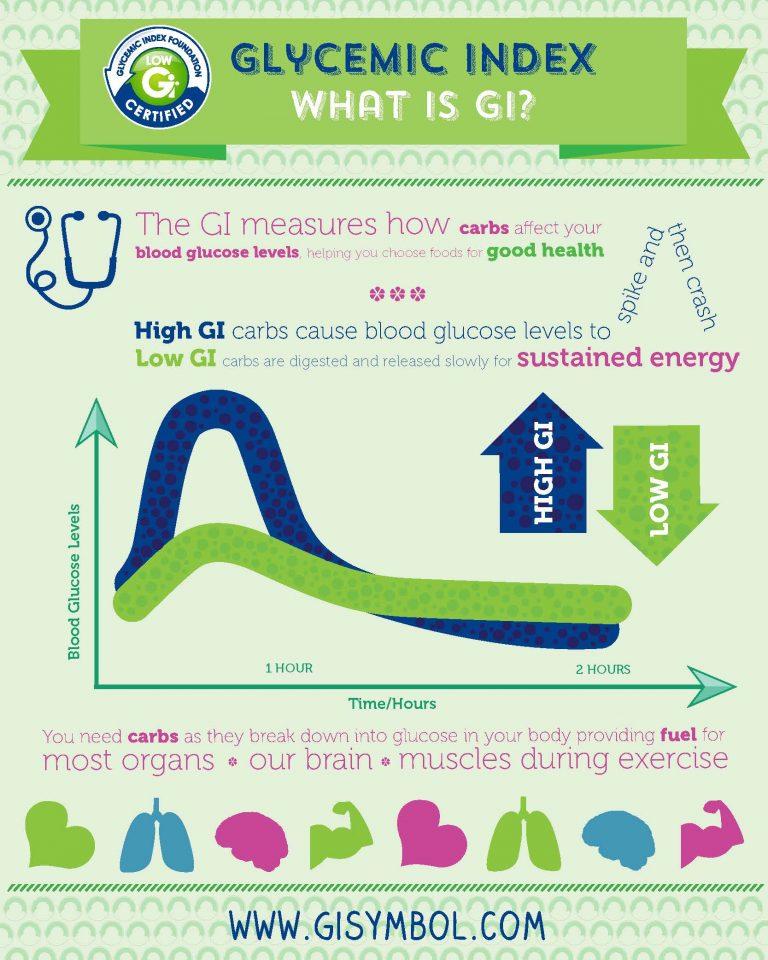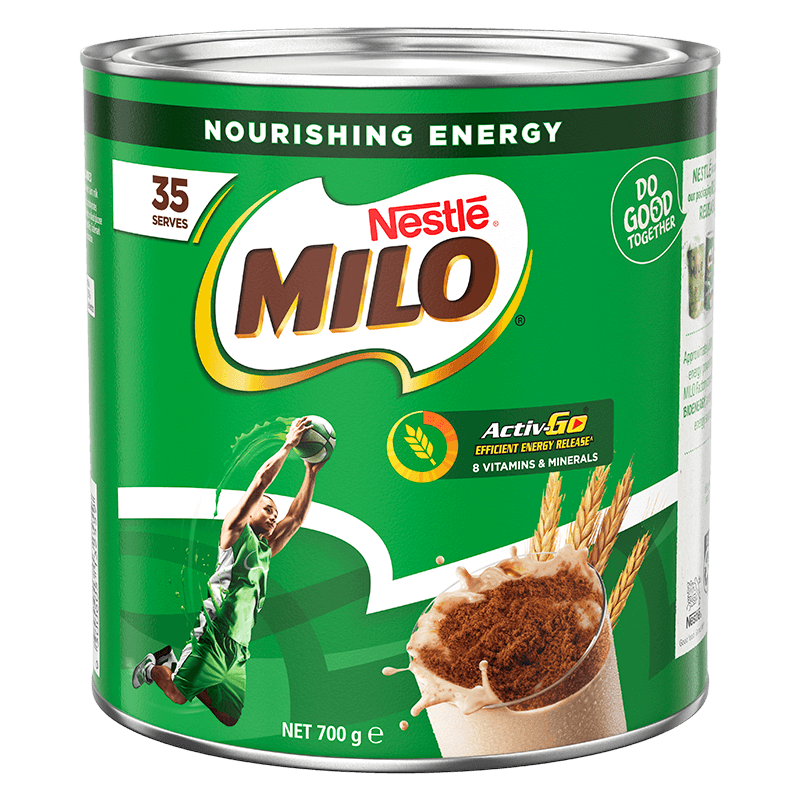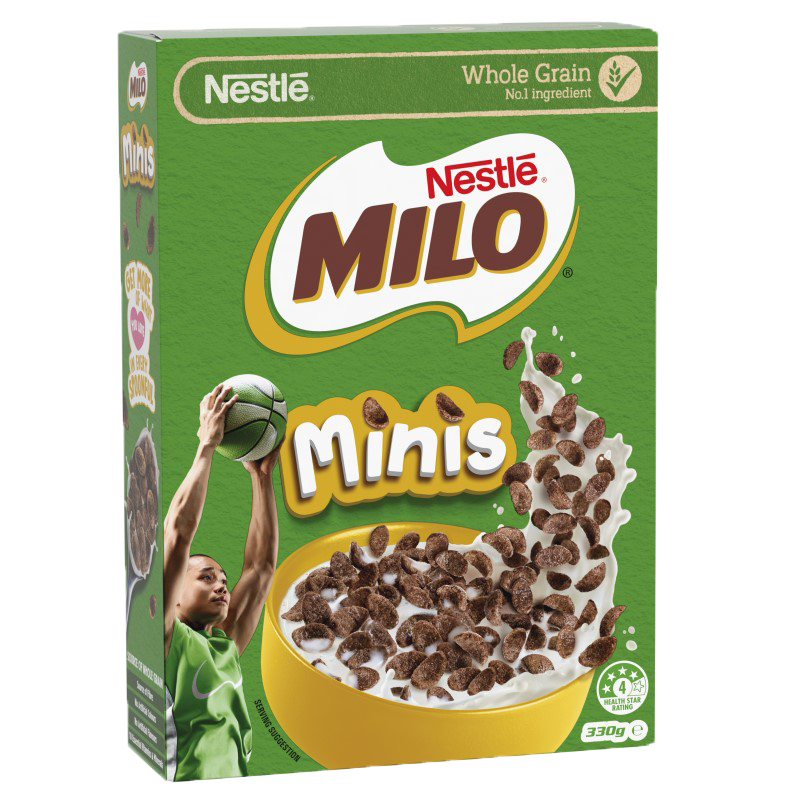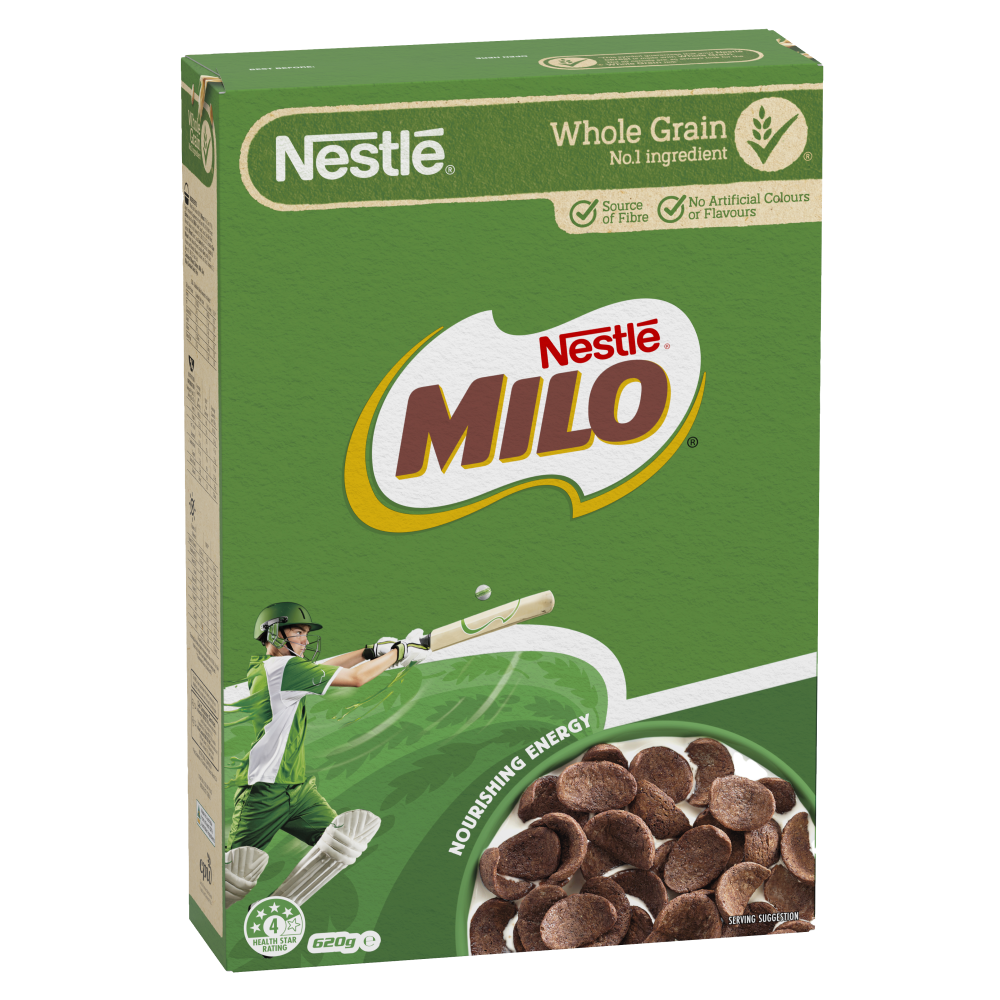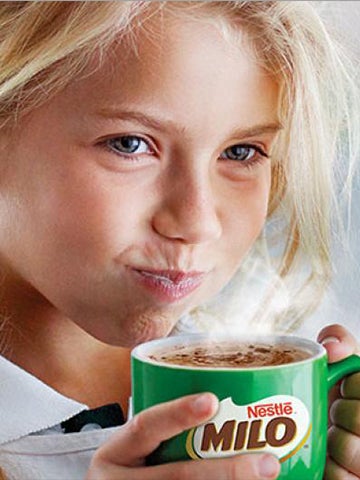
SUGAR IN MILO® AND MILK
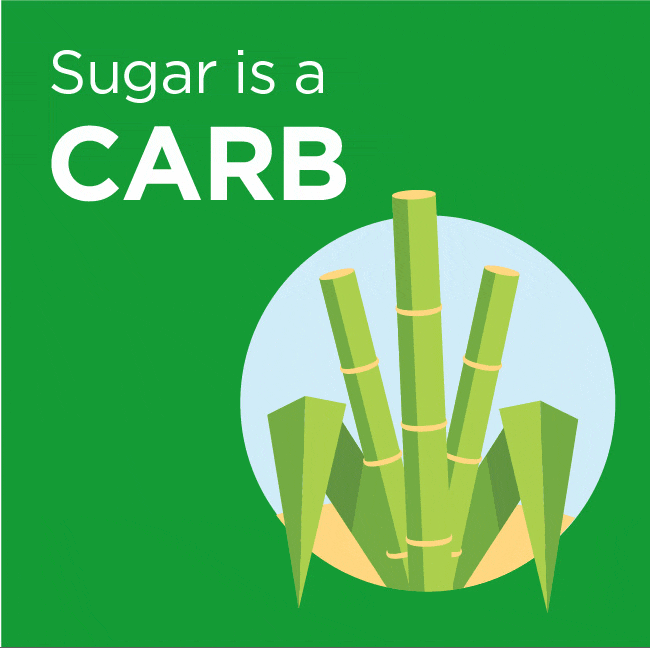
WHAT EXACTLY IS SUGAR?
Sugar is a type of carbohydrate found in a variety of foods. Fibre and starches are other examples of carbohydrates. When we eat carbohydrates, our bodies break them down to glucose. But, ‘what is glucose?’ we hear you say. Well, glucose is a type of sugar, that provides our brain and body with fuel to give your active kids the nourishing energy they need to play, jump, skip and hop.
‘Sugar’ is the family name for glucose, sucrose, fructose, lactose, galactose, maltose - and many others you may have heard of.
Some sugar occurs naturally in food, such as fructose found in fresh and dried fruit and lactose found in milk and yoghurt. Other sugar is added, such as sucrose, known as cane sugar, or honey and syrups.
Find out how much sugar is in one serve of regular MILO® powder & milk.
HOW MUCH SUGAR IS IN MILO®?
We’re often asked how much sugar is in a glass of regular MILO® powder & milk. For a more detailed breakdown on the types of sugar in MILO®, check out the diagram to the left.
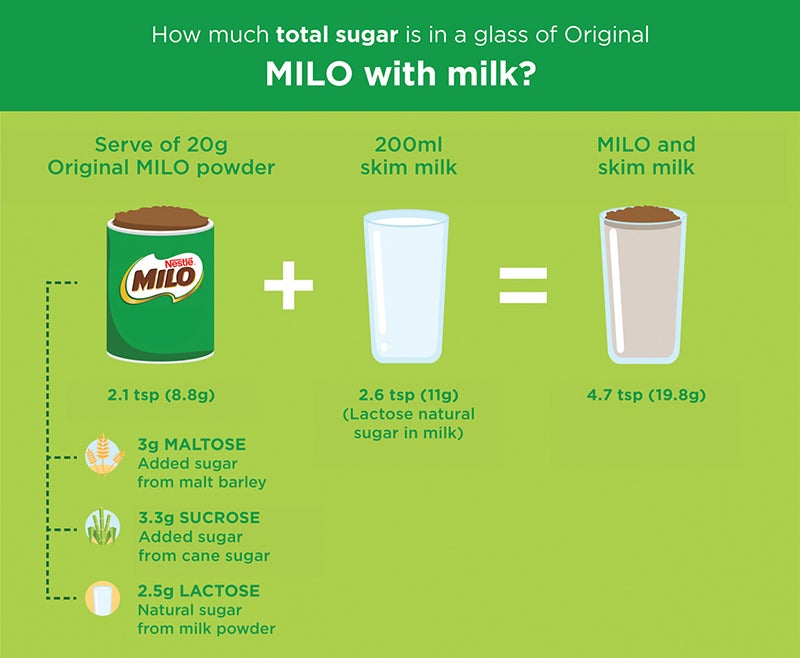
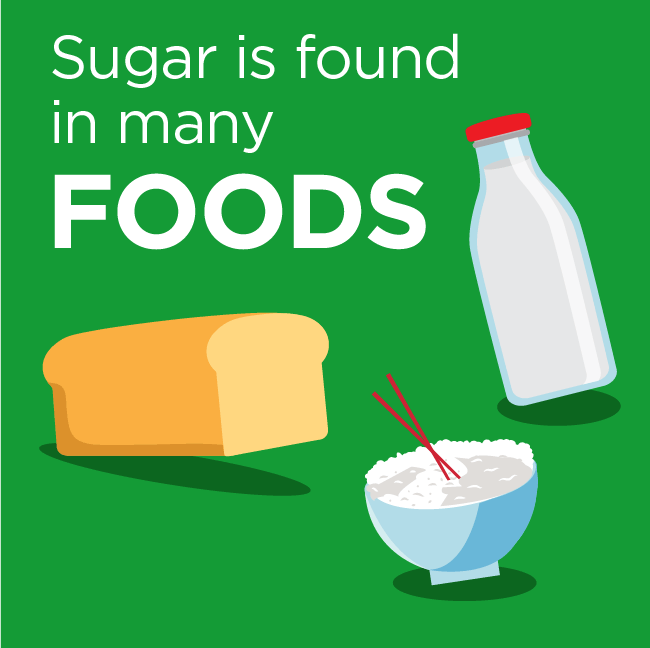
WHAT ROLE DOES SUGAR PLAY IN THE BODY?
Sugar, in the form of glucose, is a source of fuel. It gives our brain and body energy to run, play, think and live. Our body gets glucose from carbohydrate in foods.
So, what foods contain carbohydrate?
Carbohydrates come in the form of starches and fibres in foods such as bread and pasta, or as simple sugars in milk and yoghurt. They can also come from sugar that’s added to foods. Some of these foods are cakes, lollies and biscuits.
Carbohydrate foods can be either low, moderate or high Glycemic Index (GI). Find out more about the Glycemic Index.
GLYCEMIC INDEX AND MILO
The Glycemic Index (GI) is how we measure carbohydrates in food according to how they affect blood glucose levels. In a high GI diet, carbs cause blood glucose levels to spike and crash. In a low GI diet, carbs are digested and released slowly for sustained energy. As parents, we all want our kids to have long-lasting nourishing energy!
Check out the infographics provided at: https://www.gisymbol.com/infographics
Want some tips on how to follow a low GI diet?
Swapping high GI foods for low GI foods is a simple way to improve the quality of your kids health.
Here are some low GI diet examples which you could follow today:
- Choose basmati rice instead of white jasmine rice
- Low GI grains include quinoa, freekeh and buckwheat
- Low GI carbohydrates include pasta cooked al dente, pearl couscous, brown rice
Don’t forget to check out our low GI MILO
- MILO powder (AU) – 39 (Low GI) made with skim milk
- MILO powder (AU) – 36 (Low GI) made with reduced fat milk
- MILO powder (NZ) – 39 (Low GI) made with TRIM milk
- MILO Can – 39 (Low GI)
- MILO 30% Less Added Sugar - 42 (Low GI) made with skim milk
Follow the link below to view the full product range!
